3D printed products for use in or on people should be made of biocompatible materials that won’t trigger an allergic or toxic reaction. But what does biocompatible mean when it comes to 3D printing materials and which ones are biocompatible?
There are more biocompatible material options available for 3D printing today than ever before enabling dental and medical professionals — as well as a wide variety of manufacturers — to 3D print products designed for short- or long-term skin contact (wearables, COVID test swabs, orthotics, earbuds, personal protective equipment) or for use inside the human body (dentures, joint replacements, bone implants, vascular stents). Even medical device development firms use biocompatible materials to 3D print their product prototypes.
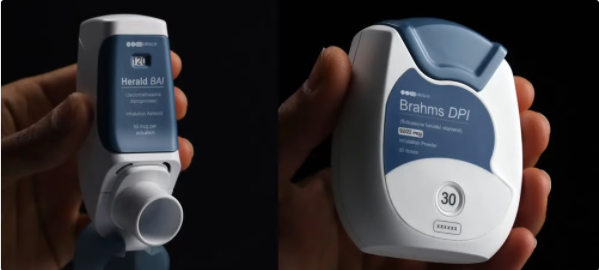
These 3D printed inhaler prototypes, made using Formlabs 3D printers and biocompatible resins by UK-based Coalesce Product Development, a Novartis division, shortened lead times for its inhaler products by more than 80% (Source: Formlabs)
Let’s explore the many types and uses of biocompatible 3D printing materials by looking at two key application areas, which can work as models for countless other applications: dental work and prosthetics. Later we’ll touch on what permanent body implants, such as knee replacements and cranial implants, are 3D printed out of.
Classification of biocompatible 3D printing materials
Biocompatibility is classified in the US, according to the FDA (and in the EU according to the MDCG), as either Class I, Class II or Class III. Elsewhere in the world, there are similar systems but not the same classifications. For example, a Class II product in the US could be Class III in China because there are no international standards. In this article, we’ll be focusing on US and EU standards.
Class I is a medical device with low to moderate risk that requires general controls. Almost half of all medical devices are considered Class I and 95% are exempt from any regulatory oversight. General examples of Class I medical devices, which only touch intact skin, include elastic bandages and hand-held surgical instruments. When it comes to dental 3D printing, Class I materials are typically used for try-in devices for making dental impressions.
Class II medical devices have a moderate to high risk requiring special controls. These materials may be sold in the US once the manufacturer registers and lists them with the FDA and complies with the applicable requirements. Types of Class II devices include removable skin staples and in dentistry, permanent restorations, inlays, onlays, and artificial teeth. These are products designated for use in contact with blood, body fluids, organs, tissues, and cells.
Biocompatibility isn’t just one measure but several under the International Standards Organization . Standard 10993, to be specific, and its subcategories denote types of biocompatibility. For example, Standard 10993-5 is an evaluation regarding the risks of material being toxic to living cells (or cytotoxic) while 10993-10 relates to a material as an irritant or sensitizer. There are also evaluations for whether a material is capable of inducing genetic mutation, causing a rash, or inducing widespread toxicity. Your 3D printing material may meet some or all of the standards.
Biocompatible Filaments
Evonik is the first company to develop a polymer filament based on PEEK in implant-grade quality for use as a 3D printing material for implants (Source: Evonik)
3D printing filaments are all made with some type of polymer (even ceramic and metal filaments have some polymer). Many polymers, such as PLA, PEEK, and nylon are biocompatible by nature, but that does not mean that all PLA, PEEK, and nylon 3D printing filaments are biocompatible. There are often additives in the polymer filaments to make them perform better during 3D printing or colorants, so to make biocompatible products, you need to start with a certified biocompatible filament.
Biocompatible Dental Materials
Dental resins by Rayshape
The dental industry as a whole has quickly adopted 3D printing for a long list of products. From models to temporary dentures to permanent implants, using both plastics and metals, 3D printing delivers the patient-specific products dentists need at the speed and price consumers are looking for. In fact, according to Zion Market Research, the global dental 3D printing market was worth around $3.25 billion in 2021.
Biocompatible Resins
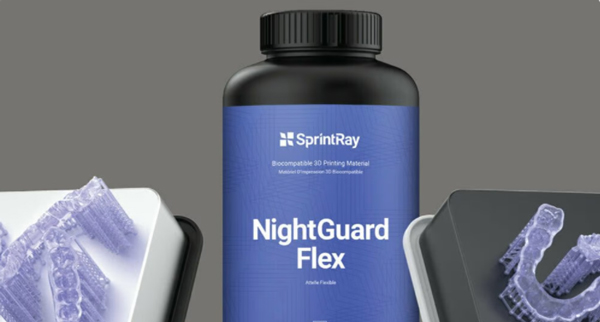
Dental resin by SprintRay (Source: SprintRay)
The list of available brands of biocompatible 3D printing resins is long and growing. These are marketed for dental applications but can also be used for other products, which may or may not have their own standards to meet for mechanical properties.
Biocompatible Material for Orthotics and Prosthetics
Essentium 3D printed orthotics
Similar to the booming market for 3D printed dental products, orthotics and braces must be 3D printed from materials certified for short- to long-term skin contact.Whether it’s a wrist guard shaped to the patient’s unique injury or a post-op ankle splint designed around the wearer’s specific needs, producing custom-fit orthotics is a big business. A new breed of software that integrates with a wide range of available 3D scanners and 3D printers gives practitioners the ability to 3D print custom-fit products in their own offices with little to no experience in design or 3D printing.
Biocompatible Material for Permanent Implants
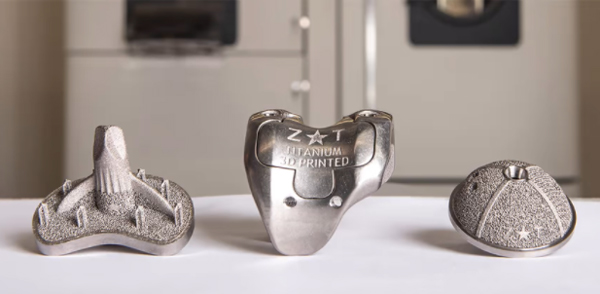
Zenith Tecnica 制造的钛医用植入物(来源:Zenith Tecnica)
Titanium is the material of choice for permanent orthopedic implants followed by cobalt-chromium alloys and stainless steel due to their excellent mechanical strength, no cytotoxicity, and good corrosion resistance. Orthopedic implants are mostly metal but sometimes ceramic (and occasionally a polymer called PEEK mentioned above).
Ceramic Materials for Bone Replacement
Research and development is promising on the use of advanced ceramics for medical devices and implants with biocompatibility, bioresorbability and osteoconductivity, especially for bone replacement in regenerative medicine. Due to its properties, it is possible to manufacture patient-specific resorbable implants with defined pore structures and geometries using this material. During the healing phase, these implants will be resorbed by the body and replaced by native bone tissue, meaning that a second surgery for the removal of the implant is not necessary.
Medical PEEK 3D Printer
PEEK implants printed by Apium M220 3D printer
Apium medical 3D printing technology focuses on craniomaxillofacial, joint and spine areas. Apium medical 3D printers use implant-grade PEEK filament (biocompatible tested) produced by Evonik for fast and efficient output for patient treatment without compromising the biocompatibility and sterilization properties of PEEK.
As 3D printing in healthcare opens up new opportunities for patient-specific medical devices, more biocompatible 3D printing materials are expected to hit the market. More 3D printers and corresponding software will also be available to meet the increased challenges.



























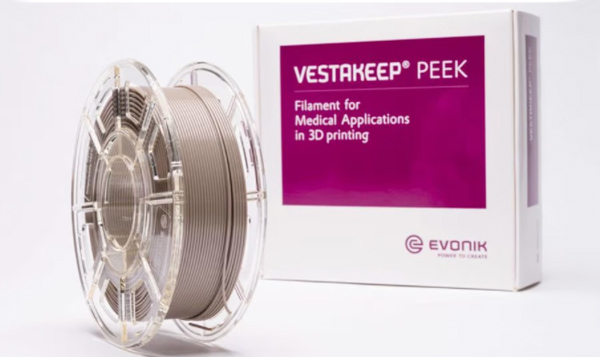
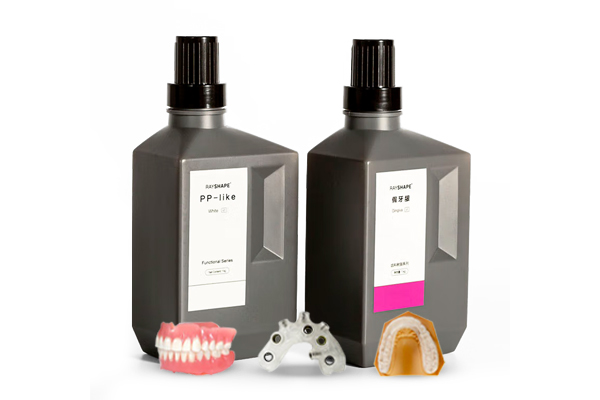
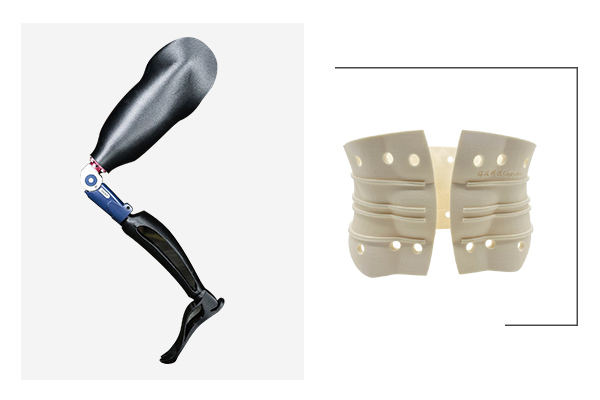
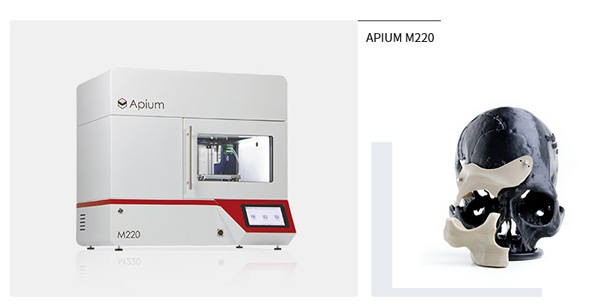
 Home
Home Telephone
Telephone Message
Message







